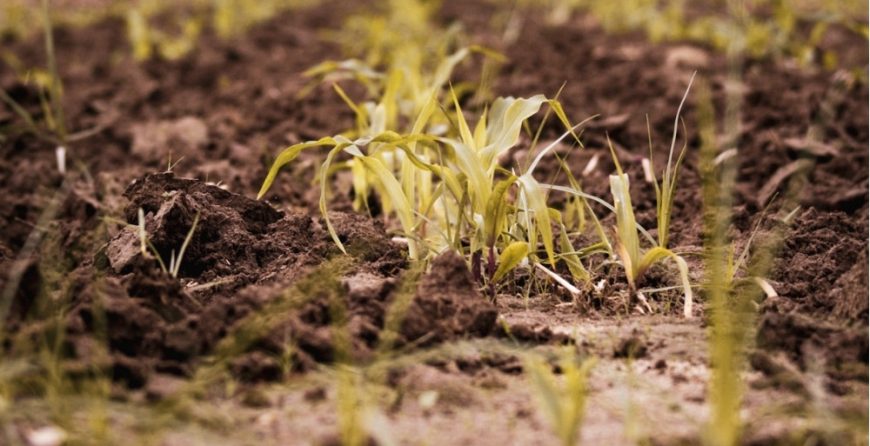What if we told you we know the secret to creating healthy, strong, and crunchy vegetables? The answer is great soil!
For your plants to thrive, your soil must contain the nutrients and microorganisms your plants need. The best way to get a detailed analysis of your soil is to complete a soil test. A soil test will allow you to find the deficiencies in your soil, which is important information.
A basic soil test is a great start, but the next step is to assess your soil further for critical qualities using a system developed by farmers and soil scientists in Oregon. The methods are simple, easy to use, and require only supplies you can find around your home!
The Willamette Valley Soil Quality Guide
Designed with farmers in mind, this soil test can be used by gardeners in every part of the country including Iowa.
You should use each of the following soil tips during the active growing season in the spring, but you can test for soil structure, compaction, plant residue, and tilth year-round.
-
Soil Tilth and Structure
Wait until your soil is neither too wet nor too dry and dig a hole 6 to 10 inches deep. Pull out a section of your soil about the size of a soup can and break it apart. Examine the soil to determine if it’s cloddy, granular, or powdery.
Ideal soil is made of differently sized crumbs that hold their shape under pressure. It’s important to have soil that’s rich in organic matter and porous soil allows for free movement of water and oxygen. Don’t skip this step!
-
Compaction Level
Got a piece of wire lying around? Stick it into your soil in different locations to test the depth. See how far down the wire goes before it bends. If it bends sooner rather than later, the more compacted the soil. Shoot for soil that’s easily penetrable within a foot.
-
Workability
You probably tested your soil’s workability the last time you prepped your garden for the season but checking it on a regular basis is the perfect way to determine its health level.
Ask yourself the following question when working your soil:
- Does it take a lot of effort to work it?
- Does tilling or digging produce cloddy or plate-like clumps?
- Is prepping the beds exhausting?
-
Soil Organisms
Your vegetables depend on organisms to keep soil healthy. To determine the amount of animal life in your soil, dig down at least 6 inches. Look down into the hole for about four minutes and take note of each species you see. Look for:
- Ground beetles
- Centipedes
- Spiders
- Other species
Gently probe into the earth to find more shy organisms hanging out in your soil. If you count less than 10 different species, then your soil doesn’t have enough variety to thrive.
-
Worm Casting and Biomarkers
Using worm castings in your garden is a great way to boost your soil’s health. And because castings are organic, you don’t have to worry about your plants being burned.
Worm castings are odorless, child-safe, and pet-safe. They’re proven to improve plant growth, soil structure, and moisture retention. You can purchase castings in individual bags, by the case, pallet, cubic yards or in bulk.
Do you have to have multiple pH levels in your organic garden? Some plants and vegetables need more acidic soil than others. Use eco-friendly biomarkers to differentiate between the soils in your garden.


